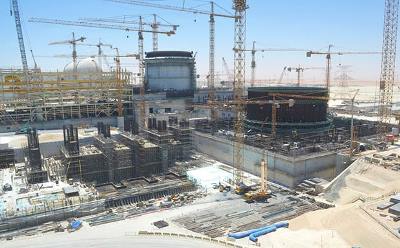Experiencing trance (see for example ‘How Trance Has Become a Scientific Experiment‘) leads to the experience of proto-language, supposedly some form of earlier language. During trance, we express ourselves in this way. I found out this is actually glossolalia, an age-old concept that has been observed in many situations since greek antiquity, and is also mentioned in Neal Stephenson’s excellent book ‘Snow Crash’ in the form of a virus infecting brains originating from the Sumerians.

“Glossolalia is a practice in which people utter words or speech-like sounds, often thought by believers to be languages unknown to the speaker. One definition used by linguists is the fluid vocalizing of speech-like syllables that lack any readily comprehended meaning, in some cases as part of religious practice in which some believe it to be a divine language unknown to the speaker“
The interesting part is how widespread this practice is amongst religions and spiritual practices. It can be practiced. It has great benefits in that it can be used to convey feeling without saying awful words that are then remembered by other people, thus great to use in situations where you are angry and unhappy.
The fact that glossolalia is recognized across shamanism, Christianity and many other religions and situations shows that it is a constant capability of the human mind to speak a language, which could be an early or proto-language.











